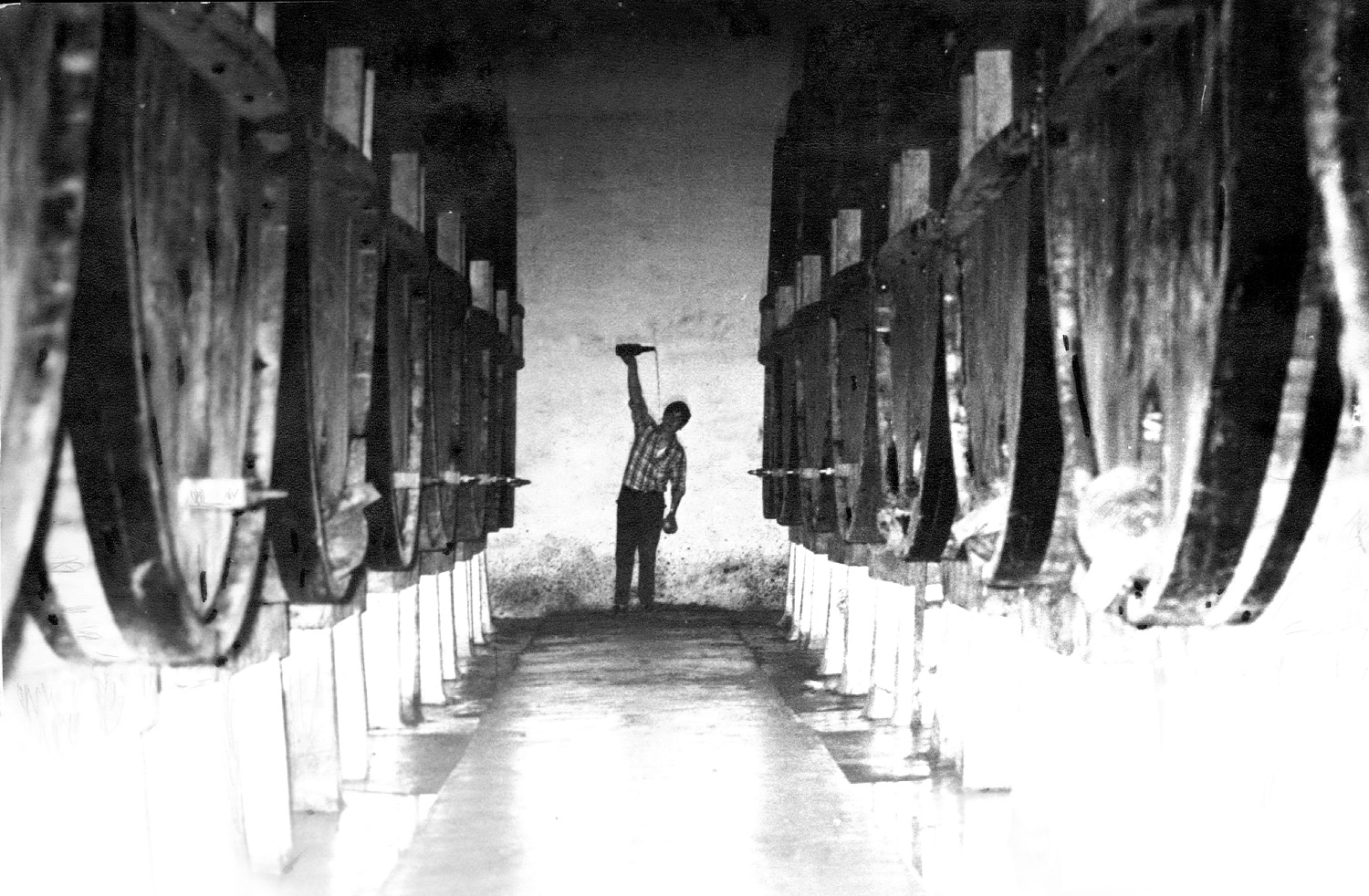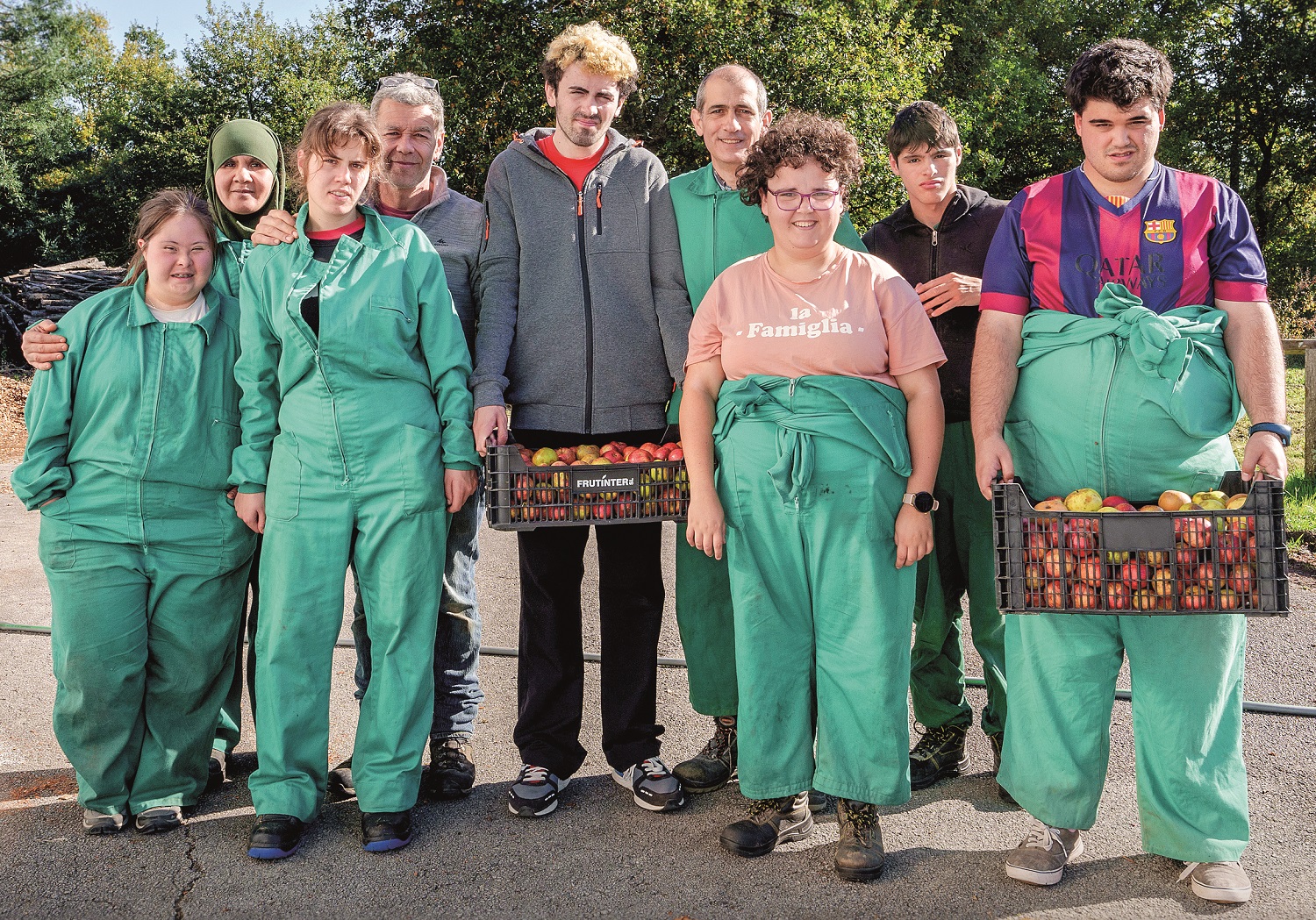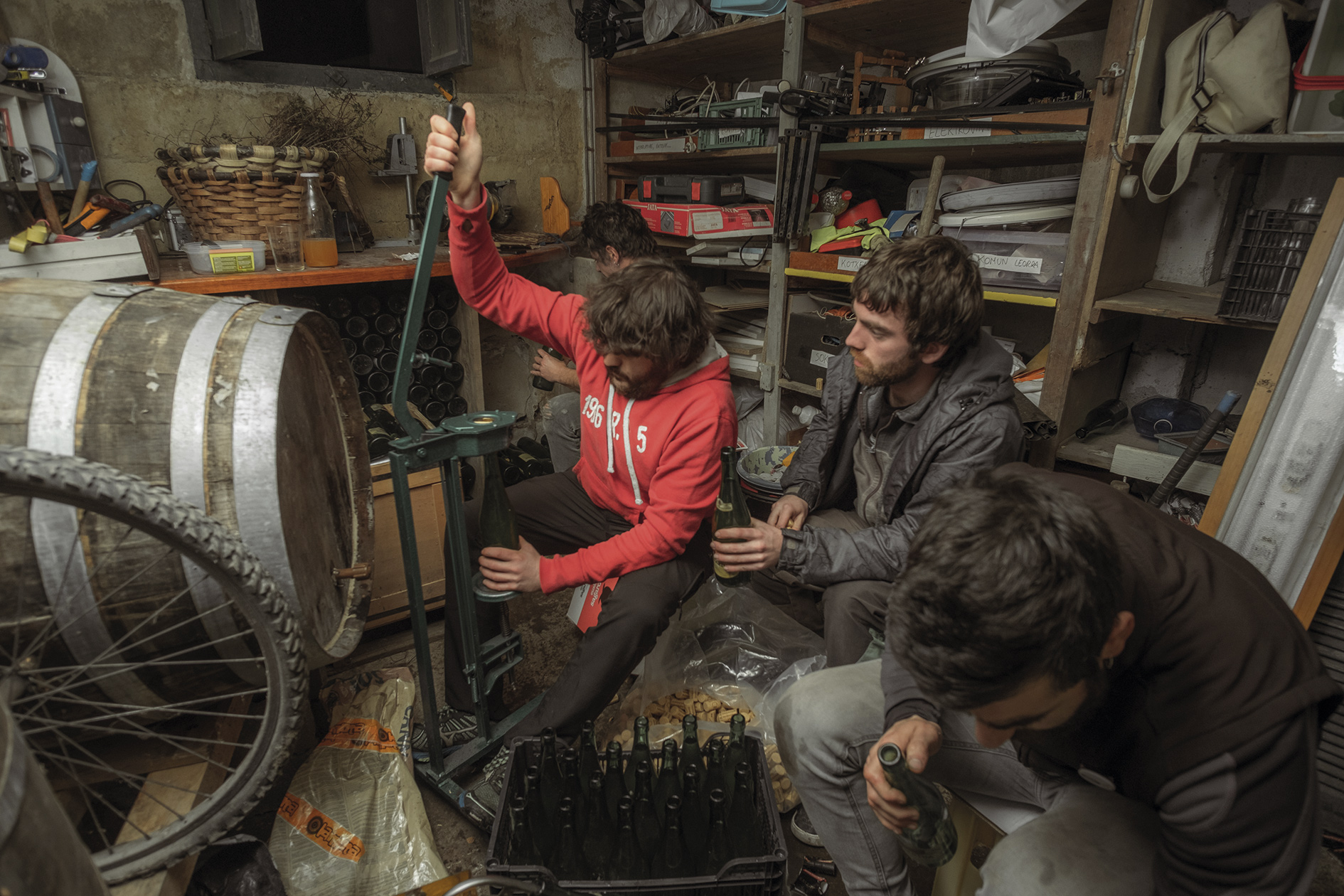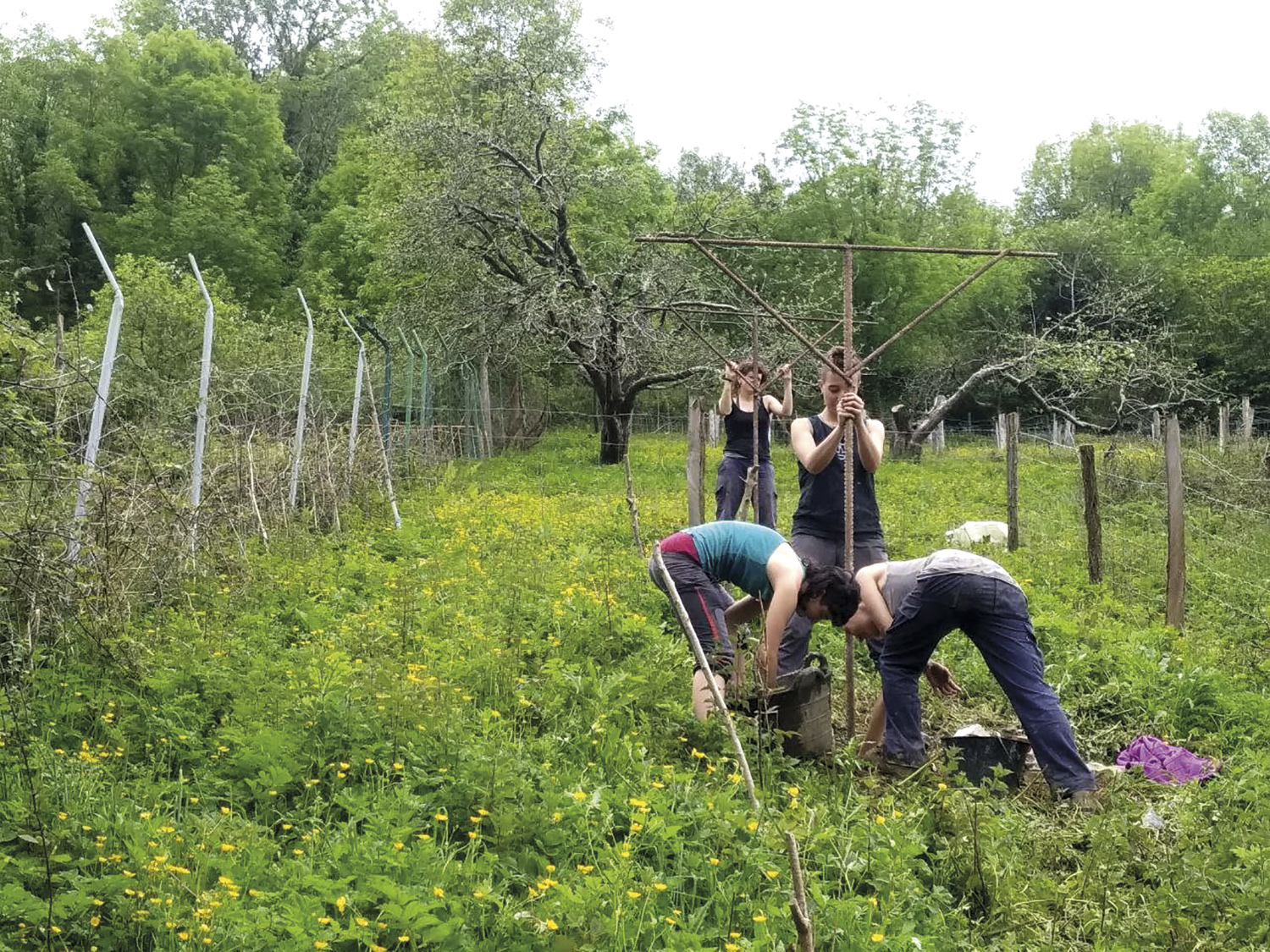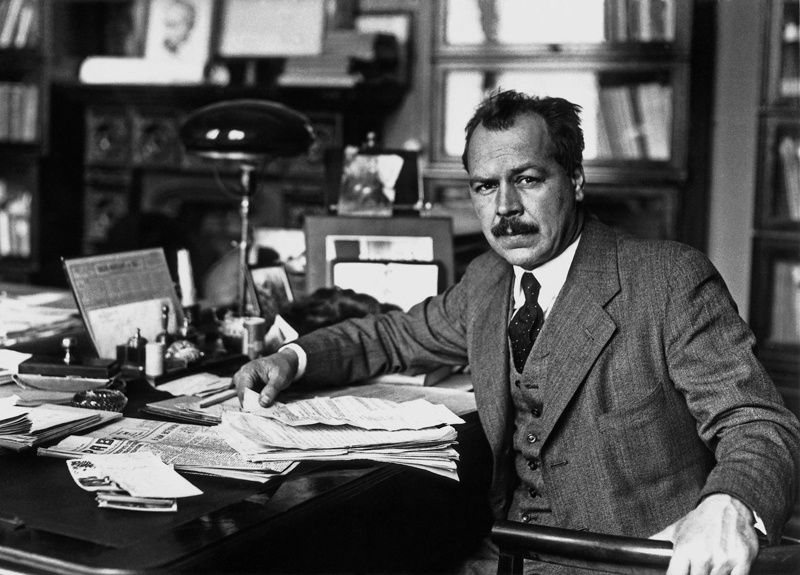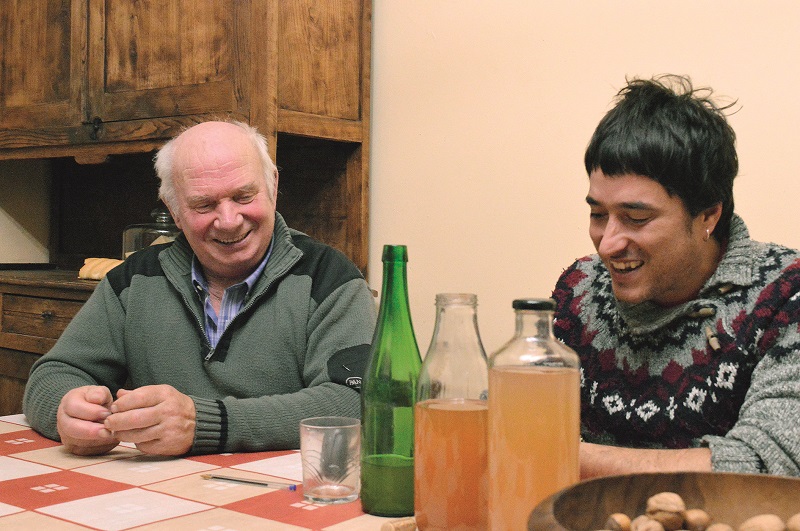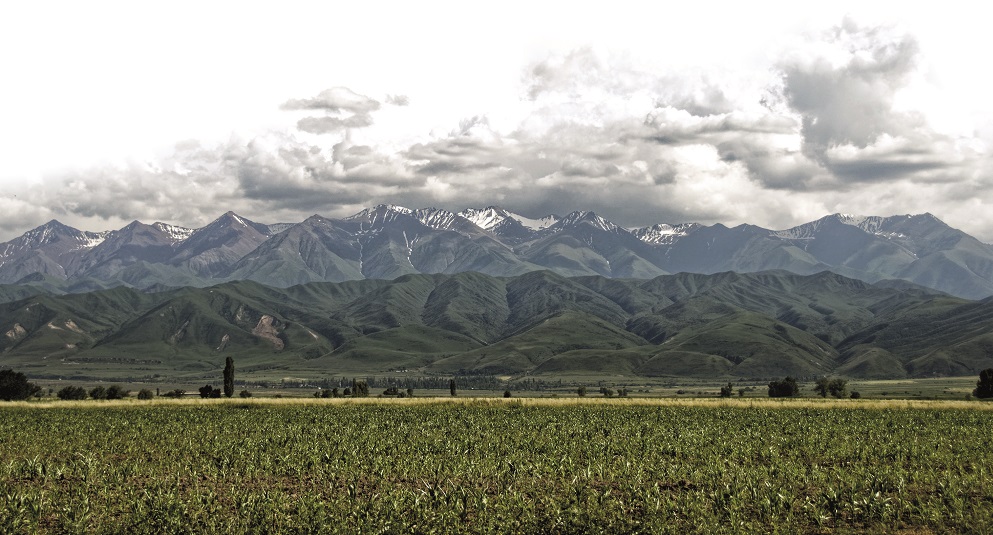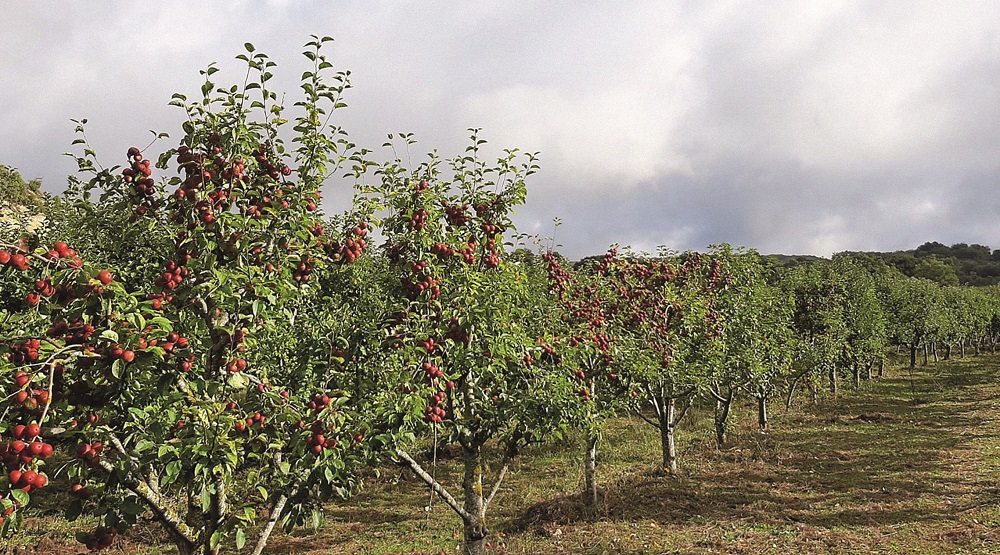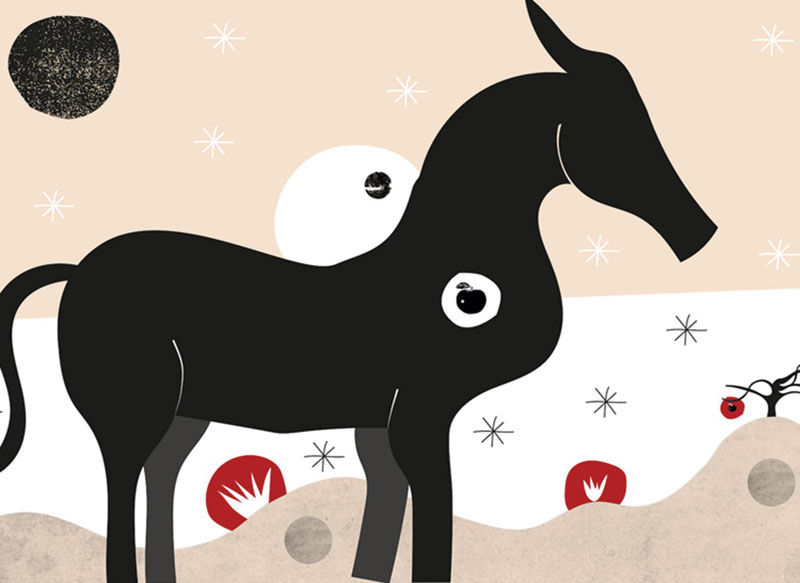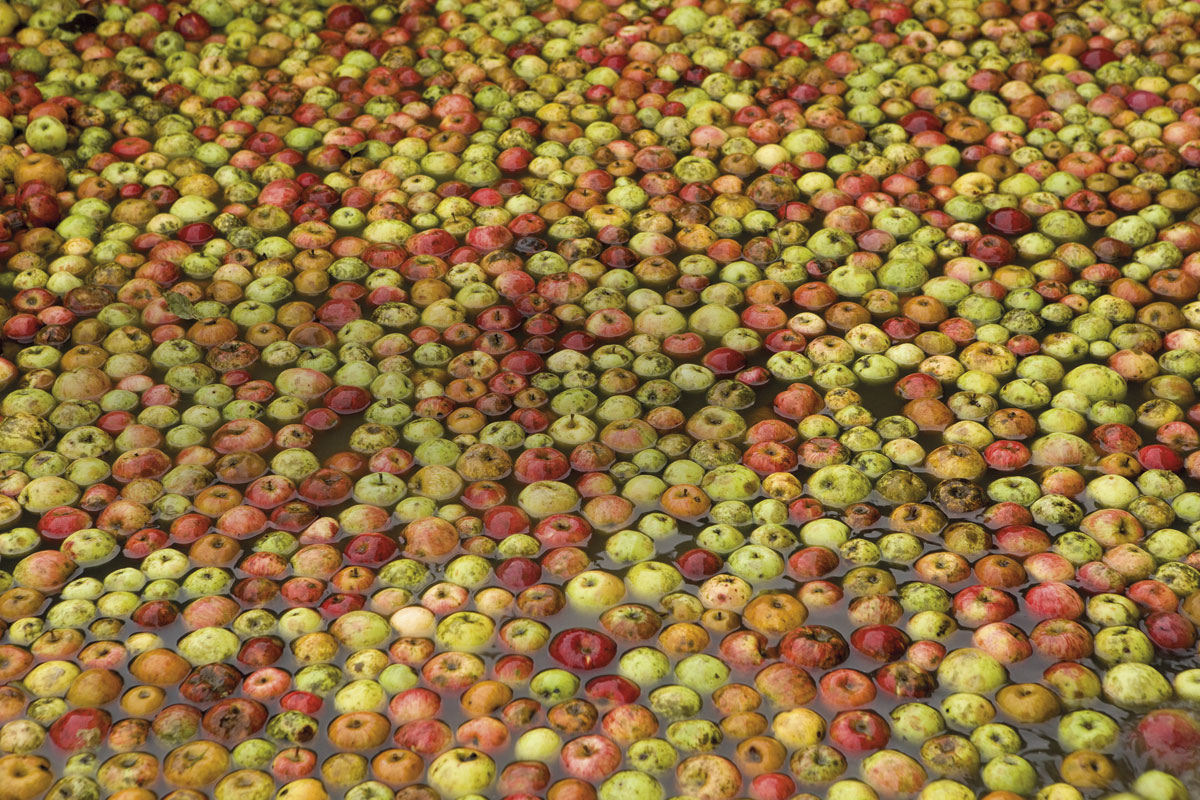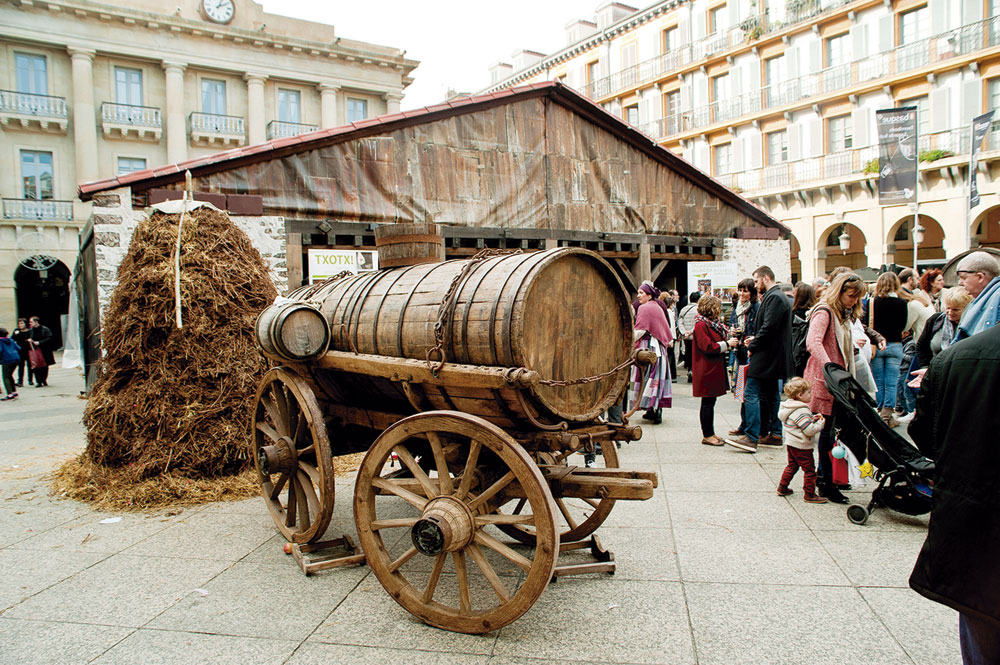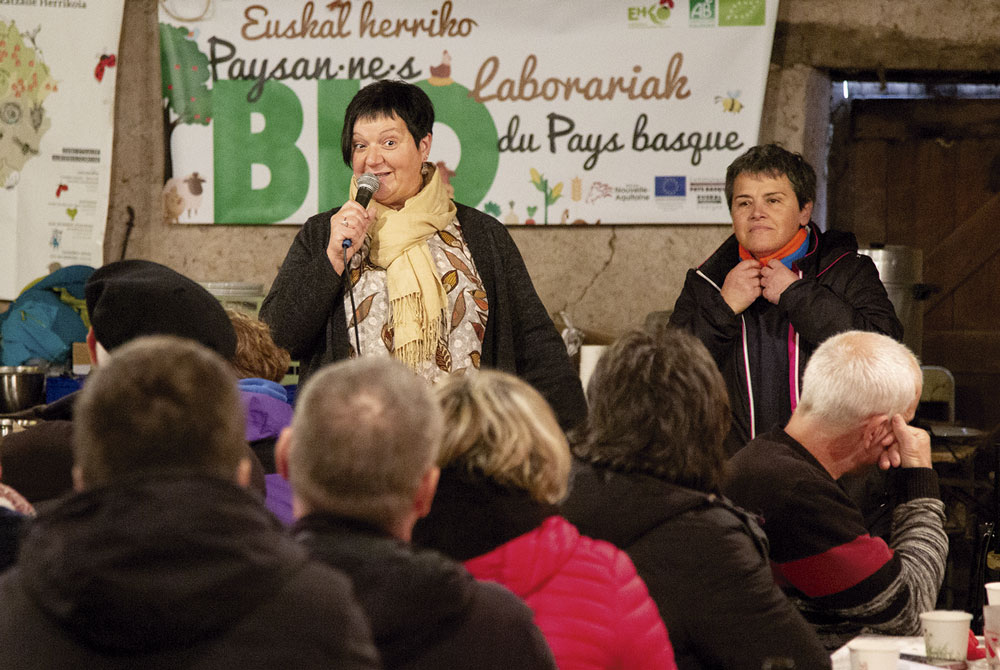"This year the txotx will be different, let's take advantage of it to change model"
- Wine, beer, txakoli or even oil have witnessed a revolution, leading to a process that has driven them to diversify the product and given them value. It is now up to the cider to take the step, if he wants to be in the market, as explained by the enologist Mikel Garaizabal. We have a solid foundation: the local raw material.

The cider revolution has actually begun. The Basque Country Sagardoa started with the designation of origin, in the words of Mikel Garaizabal, distributor of wine culture, oenologist and professor of the School of Hospitality of Gamarra (Vitoria-Gasteiz): “The autochthonous apple has been valued, the regulations have been defined, stricter controls have been established, measurements and tastings are made in the laboratories before the marketing, a rating table has to give the approval...”
It has gone back between 20 and 30 years to compare this revolution with that of other products. For example, at one time, there were two types of oil in the establishments: sunflower oil and olive oil, both with the label 0.4 or 1. They all used the same plastic bottle. As with wine, people only consumed “domestic wine”; raised, reserved and none of that. As for beer, by the way, traditional manufacturers are also starting to produce craft beers. “There is great diversification in these sectors, and that is fundamental,” says the oenologist.
To diversify does not mean to market cider in cans or small bottles, but to produce softer or more powerful products, which give more time to the barrels, wrapped in special wooden barrels, made with apples of a certain plot, marked with different labels... Some of you are already working on it. Three or four years ago it seemed impossible! What kind of Basque cider is produced by a cider? !”.
“The Basque cider revolution comes very interesting,” the oenologist continues. “We have already taken the first step: the designation of origin. Now it is up to us to complete the story, to think about how to transmit it, which will differentiate us from others”. The bottles of wine, the oil, the beer, they say they have one message, each yours. “Those who drink craft beers, for example, understand the message behind the product.”
The main bottle
Garaizabal says that quarries have to change the “chip”, even more so when the COVID-19 pandemic is being hit. “It’s not possible to go to a cider and talk about the chop, it’s regrettable. In wineries, in breweries -- people don't talk about eating. Steelworks will have to adapt the model and, in my opinion, the future is in the bottled apple. This year the txotx will be different [interview we did before the Basque Government gave the order to close the bars – and reopen – in November], let us take advantage of it to change the model.” It says you have to keep the txotx, understanding that the cider is not made entirely, when we try it... In addition, the bottle should be put in the value. “We have autochthonous apple, let’s take advantage of it! With the lockdown, people have given more importance to the local product, to proximity. We should go out there.”
In his words, if mindset does not change, we will never market cider “at a good price”. “We have a problem: cider is sold very cheap. The yield is very low and some producers have lost out. It is essential to create a quality product, close, with the story and know how to transmit it to the consumer”. The sale of the product, in short. According to Garaizabal, with the designation of origin everything will change: “Some tailors have told us that they are selling the bottle at 2.25 euros on the line [on the shelves of shops] and that they are making money. Before, however, sold in just over a euro...”. There was a txotx that balanced the accounts, but “things have to change.”
“What do we have? Wait, now I will look.”
Another challenge would be to position oneself well in gastronomy. In the menu of the drinks of a restaurant, along with eleven types of wine, we will see the “natural cider” and enough, when it gives a lot of play combine it with the food, as Garaizabal explains: “Those responsible for restaurants, and also the humiliers, have to take into account. It's a chain. If the sector does things well and diversifies production, we will better position ourselves. It is not possible for a person who has come by plane to a high-level Basque restaurant to go to a Basque restaurant and offer him a jersey wine, I do not know where... If they did the same thing in Tuscany, they would cut their necks. None of that happens in Bordeaux! You have to offer the place. But some people don't know enough, and they'll take out the Japanese shake. In addition, there seems to be some competition between the submillers, each offering the most special wine. Take out a bottle of cider, txakoli, Irulegi wine... It is curious, cooks identify with the products here, value them and with the drink... It’s a big issue.”
"It's not possible to go to a steelworks and talk about the chop, it's a pity," he added. (Mikel Garaizabal)
Not just in high-level restaurants. “It has happened to me to ask in a restaurant what they have and that the waiter answer ‘I don’t know, wait a bit’, to look as he goes to the refrigerator,” the oenologist tells us. “Some have it as a precarious product, at least if someone asks for it so they can get something out.” In this sense, the strategy must be to go to international fairs and to Basque cuisine at hand, either with the rest of the drinks or with meals. “Raw materials, cooks, products... is culture in the end; Basque cooks have to value cider. Txakoli, Rioja Alavesa wine, cider... There is also cuisine!”
Learn from our wine cousins
“25 years ago, when I lived in Laguardia, I saw tractors in the fields of wine wineries filled with grapes,” says Garaizabal. “A sleeveless chemical mixed with all the secrecy, only the origin mark was produced... until some madmen began to classify the lands, to investigate which were the best, to collect the grapes from their hands in boxes, to produce differently, to value the process and to create the story.”
He also told us about txakoli. In another time, in a winery, you only had one kind of bottle to choose from. Today, however, this same winery can produce six different txakolis. “The raw material is there, it is of quality... If you can transmit that, you attract the consumer, who is looking for authenticity and closeness. New techniques were applied in viticulture, the sector was professionalized, cleaning was valued, training was... In the case of cider, we have to make known the types of apples, which is Errezil,... We have to talk about the apple tree and the people who care for it: where it is, what land it has, what microclimate, how the sun gives it, the differences between the rods, the techniques of collecting the apple ...”
The cider revolution has begun. Who knows if, in a few years, we can say that with native apples we produce “natural cider champagne”, as Garaizabal desires. “We have to believe in it!”
Natural cider champagne
I have said this many times: I believe that one of the main challenges is for ours to be known around the world as ‘natural cider champagne’. We would be able to position the brand. We have a great future. A lot of cider is consumed in the world, but in most cases it is artificially gasified and sweet, artificially adding sugar. Basque cider is the example to appreciate the pure product given to us by nature Ama. The apple is collected, fermented and marketed, without artificiality, without filtration, without the addition of carbonic... People like natural products of low graduation; the sector has to believe and convey that you can make a quality product. We have to make the product fashionable, we have to be pioneers and referents. In this sense, we must ensure that the cider is ‘learned’, able to identify the types of apple, the acidity point... Learn not as a perverted sloth!”
Best in the Cup
It's not worth obsessing with the subject, but know that if served in the cup, you can better value cider as other drinks. They're better appreciated. Do the test: serve the same amount of cider in each cup and cup. Take the cup to your nose and you'll see the intensity it has. With the glass... To do txotx yes, glass, but with bottle cider, better cup.”











